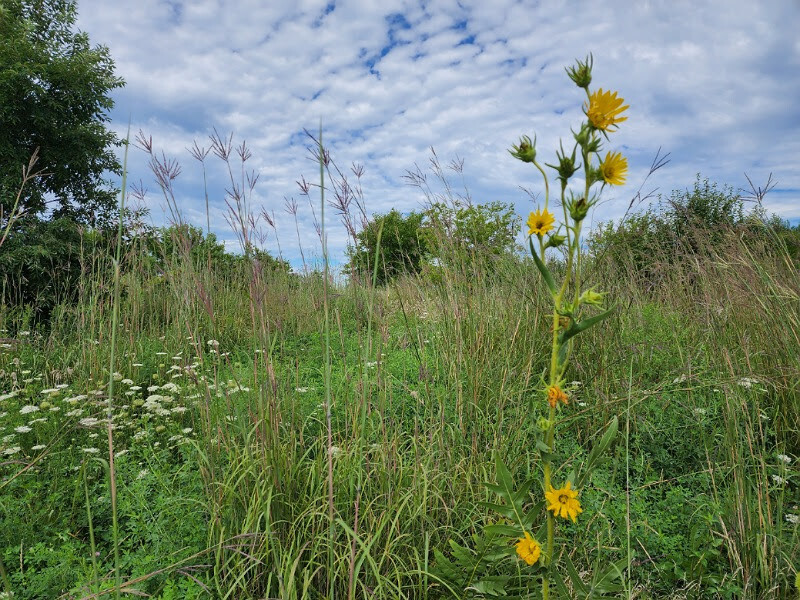Do pasture-raised animals damage the environment?
posted on
August 17, 2022
Well, I did not plan to write a Biodiversity Part 3, but here it is. It was inspired by a customer and friend who shared with me an article from The Guardian citing "pasture-fed" beef and lamb as "the most damaging farm product" to the environment, hurting biodiversity and surrounding wildlife.
That's a strong statement. Curious about the claim, I read the rest of the article. The author was quite right on one point. Pasture-raised products can damage the environment. More specifically, grazing CAN damage the environment. However, when pastures and grazing are managed properly, it can benefit the environment, the animals and the end consumer. This is a key point the author failed to address. Let me explain.
Using conventional farming practices, pasture-raised animals spend most, if not all, of their time in one pasture. As a result, the pastures are continuously overgrazed by the animals. And this, as the author points out, damages the environment.
In the regenerative agriculture community, we farm differently. We use adaptive or rotational grazing.

In the above picture, you can see a richness of biodiversity. There are native plants, including Compass Plant and Big Bluestem, a native, warm-season prairie grass. There' s also Queen Anne's Lace, which is not native but gets along quite well in our pastures.
What's significant about this picture? Last year, this was the pig's pasture. The pigs foraged, rooted, and grazed across this area. We then let it rest for close to a year!
Short-term, rotational grazing with long rest periods is a key part of how we build the environment, sequester carbon, and enhance biodiversity on our farms. The Guardian article only discussed continuous grazing which is not the same. It actually does the opposite of the above.
With thoughtful, adaptive grazing, we can produce, with a carbon negative impact, significant amounts of food in the form of animal protein. Regenerative farming is truly building a healthier environment for our families and future generations.
If you read the article, there are a lot of points made that are common misunderstandings of regenerative agriculture in general. It's not my job to determine whether these are intentional misrepresentations. But it is my job to educate you and others on what we really do — both what we do right and the mistakes we make.
In true regenerative ag, we are farmers who are fighting for the environment and its inhabitants alongside the author of this article. We are not a marketing campaign designed to whitewash the damage done by conventional farming as stated in the article. When you take the time to get to know the farmers in this community, you'll find we are something different and revolutionary.
As stated, these misunderstandings are not unique to this article or this author. That's why I'll be working on some educational material, with the most probable form being a podcast with an ecologist, scientist, farmer, and good friend of mine. He's an expert in the history of plant and animal diversity and ecology of this country.
We'll tackle some of these questions in a transparent, positive and understandable way. We agree farming is, as the journalist says, one of the most damaging things humans have done to the environment. Unlike the author, we also believe farming is the frontier that offers the solutions to the problems. It's all in how we manage our farms, pastures, crops and animals.
If you'd like, read the article for yourself. Comment and let me know your thoughts. Or tell me what questions you have. I'll respond and may even answer your question in a future post so others can read the answer too.
As always, eat well and stay healthy!
Josiah. Nettie, Edmund, Aaron and Marco




